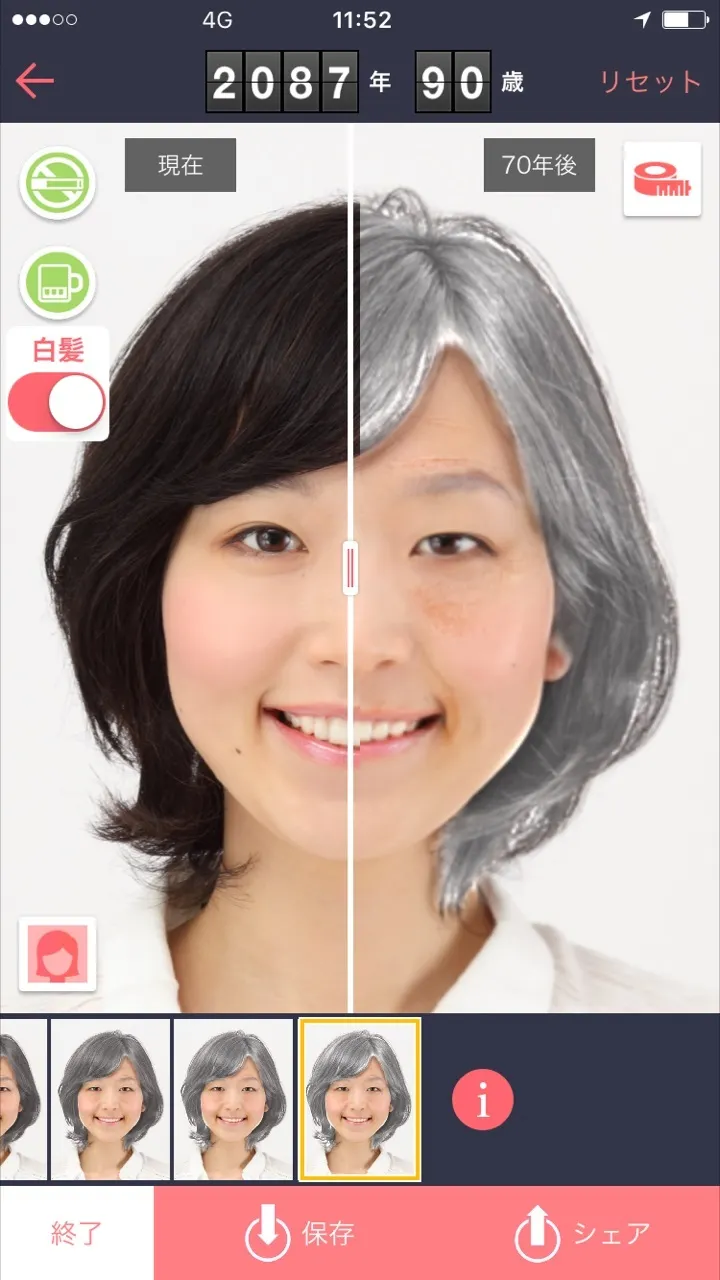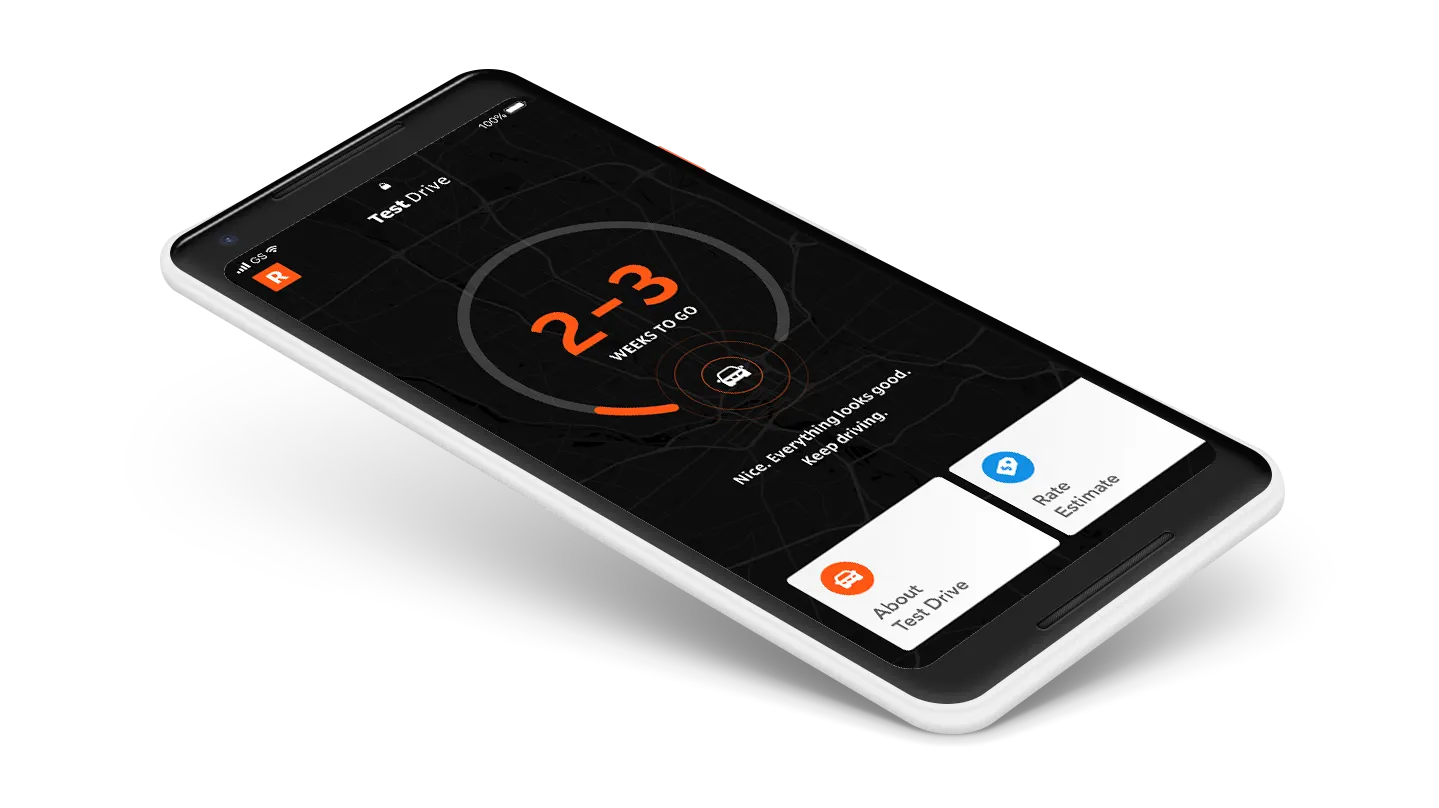In this series of three articles, we have explored the similarities between incumbent insurers and incumbent banks in their quest to launch fully digital brands.
We’ve also looked into how insurtechs follow a similar path to their fintech counterparts in focusing on solving customer pain points to launch innovative solutions. In the last article of this series we will explore the role of data in driving innovation in the insurance world, both amongst insurtechs and incumbents.
Insurers and insurtech providers are at an advantage compared to their bank and fintech counterparts due to how the data itself is sourced. In the banking world, customer data is largely sourced by transactions. This data does not always yield much fruit of value and often extracting such data into something truly useful is time consuming due to architecture, risk, and other internal barriers.
The insurance industry has a unique advantage due to the prevalence of IoT devices. These are inherent and embedded within the insurance world and, for the most part, provide targeted, on-going and easy to digest data for insurers.
Here, we’ll explore how firms are taking advantage of IoT devices to lead the way in innovation and benefiting their customers’ livelihoods.
IoT: biometrics, house sensors and connected vehicles
IoT devices and the insurance industry are increasingly going hand in hand. While using devices to monitor driving behavior is nothing new, using wearables and augmenting AI with sensors and biometric data is changing the way people look at and interact with insurances. Furthermore, in the majority of cases, customers already have such IoT devices embedded into their mobile devices. This provides a greater sense of security from a user perspective, rather than providing transaction data, which is derived from a secure, logged-in environment.
Biometrics: Under the category of biometrics, we see the likes of selfies and wearables making an impact into the health and life insurance spaces. Real time data provided by wearables, in addition to selfies, can provide accurate and personalised quotes, while helping users maintain their health.
Dai-ichi Life Insurance in Japan uses a service called the FaceAI feature to help customers improve their health. The tool is powered by AI and essentially simulates what a person may look like in the future based on pictures taken with the mobile device. Users can add in habits which may impact this simulation, such as drinking and smoking. The real benefit to Dai-ichi comes from using the picture as part of the annual health checkup and subsequent pricing for insurances related to health, specifically by tracking the customers BMI from the selfie. By using facial recognition, the customer experience is enhanced (for those who don’t mind submitting such details) as it removes the need for a medical visit while providing a mobile and easy to use means to track their health.

Sensors: Sensors are increasingly used amongst innovators in the insurance world, namely to take a more active approach towards insurance. Allianz and Hippo are two companies that are using sensors to forewarn customers about potential risks.
Allianz France offers a Prevention Connect Solution that is available for construction companies to continuously survey and monitor potential risks on construction sites. This solution, comparable in the banking world to AI-driven Cashflow analysis tools, provide businesses with a sense of real-time risks such as heating, short circuiting, building deformation, etc. The sensors identify temporary electrical installations and ensure early detection of any defects that could start a fire.
Sensors are also used in the consumer space. US-based insurtech Hippo, which offers home contents insurance, provides its customers with smart home devices. These devices allow them to identify small issues in their homes before they could potentially become larger claims. The sensors use the data to inform customers about appliances they own that might be more likely to cause problems (imagine a world in which somebody informs SMEs of suppliers which are unlikely to pay in 6-12 months?).
Connected Vehicles: Telematics insurance is a type of insurance that takes advantage of devices to monitor how a person is driving. This type of insurance isn’t new, but the devices being used and the potential from a data perspective is a topic that warrants a further look.
Root is a US based fintech that uses the mobile device, as opposed to a stand-alone telematic device installed in the car, to determine an accurate quote for car insurance. Customers download the app and take a 2-3 week Root test drive.The data collected will then be used to provide a car insurance quote. Root takes four criteria into account: braking, hours, turns and consistency. The quote is derived from GPS and motion sensors from the phone, AI and data science.

The future
It is clear that insurers are taking advantage of IoT devices to provide a more personalised, relevant and predictive solution to customers. These three components define great customer experience. Within the FinTech world, we are experiencing a new wave of data-driven services that are augmenting core-banking products. The most prominent of these are contract switching and identification of better products in the utility word.
The insurance industry is also using the vast data on hand to augment its core product offering. Providers such a Zendrive is a great example. Zendrive is a B2B player that adds context and further information to insurers in the telematic space. For example, an insurer that offers auto-insurance can add solutions, powered by Zendrive, that would generate an automated collision notification. This would automatically call for emergency help, notify a loved one that a crash has taken place, and follow the driver’s location to know if they have been taken to a hospital. As we see IoT devices become more mature and readily available, the insurance products we are used to could potentially blend into other products and services in other parts of consumers' lives. So long as the data provided adheres to regulation and is used in ethical ways, this will massively benefit the everyday lives of customers, in addition to the general health and safety of society.
